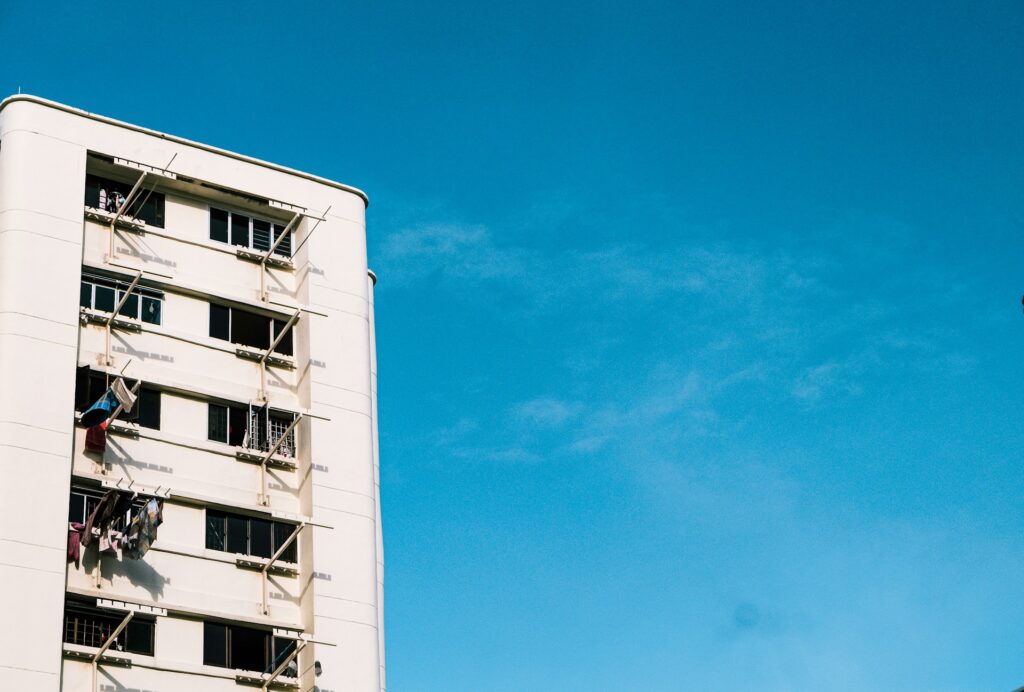Analysis of the Housing Affordability Crisis
The American dream, a bedrock of 21st-century inspiration, is actively under attack. The philosophy popularized in the early 1900s United States has always centered on the possibility for upward mobility regardless of background. One key marker for a family that has climbed the social ladder is their housing. While there are several respectable options for housing in modern culture, a family home holds a special place in the hearts of Americans. Actor Wendell Pierce who was raised in a middle-class family in New Orleans said, “That is the heart and soul of the American dream, homeownership, the idea of being able to buy a house and start to build your family.”
Unfortunately, this soul is currently constrained. Housing prices have risen more than 30% from 2020 to 2022, representing a rise of $100,000 in the median housing price in the United States during that time period. This astounding climb in pricing has had a tremendous impact on the US economy and the livelihood of American citizens. During this timeline in the COVID-19 pandemic, a time of severe economic turmoil and uncertainty, the housing crisis has been pointed to as a hallmark of inefficiency in the US economy.
Several factors are known to impact housing prices in the US including geographic limitations, immigration, unemployment rates, consumer confidence, technological advances, and marriage patterns. However, this inefficiency has caused lawmakers and mass media to point fingers aggressively in other directions. One of the most villainized institutions has consistently been the private equity investing industry.
Heather Vogell at ProPublica argues that “the companies’ size allows them to influence market rates and lobby against reforms that could dilute their power. And their goals — quickly hiking a building’s profits so they can sell it at a premium — are often at odds with those of the tenants who need to live in them.” The analysis of the housing affordability crisis reveals the growing challenges faced by individuals and families in securing affordable homes. 
This anger from Vogell is widely held and warrants proper investigation. This analysis actively explores the degree to which private equity has damaged housing pricing over the last five years and whether this impact is negligible. The rising housing prices in the United States have been caused primarily by faulty government policy that has constrained supply and artificially increased demand, rather than the institutional investing industry.
To best understand the causes of the housing crisis in America, it is crucial to first track the development of the problem over the past few years. Since 2000, median prices have increased by roughly 160%.5 This rise has been meteoric. While the pricing increases saw a slight hiccup in 2008 due to the financial crisis, the years following the recession experienced rapid rebounding. Today, around 70% of Americans feel that young adults have a far more challenging time buying a home than their parents experienced. The American Dream and homeownership are becoming less attainable each day.
Furthermore, at the same time that the average housing price has increased by 160%, average wages have only increased by 38%.7 The discrepancy between wage increase and cost of living is dangerous for the growth of generational wealth for lower earners in America. This is a serious problem when considering the sustainable growth of the economy and its dependency on young professionals building wealth and discretionary spending.
This unaffordability was contributed to greatly during the Covid 19 pandemic which began in 2020. During 2021, the US Home Price Index rose 18.6%. Economists have pointed to various reasons for this increase but the most notable and consistently cited have been an increase in the necessity to work from home, a desire to leave higher-density areas such as apartment complexes, and record low interest rates. These issues have resulted in a massive spike in demand with constrained supply. The Federal Reserve Bank of Dallas put it this way: “The recent supply response has been muted relative to the rise in prices, and the price response has been magnified by pandemic-related supply constraints.”
This supply and demand inefficiency has had a disproportionate impact on the consumer price index, which is an extremely important statistic for understanding the overall health of the US economy. According to the official white house website, shelter makes up about a third of the CPI and 40% of core CPI which excludes energy and volatile food components.10 The large share the HPI takes of the CPI displays how significantly this crisis has damaged affordability for the average American during COVID-19. In comparison to international economic conditions, our extreme mobility and affordability do not appear as stark as in previous years.
Also Read: Sweden’s Public Housing and Rent Control Strategy

